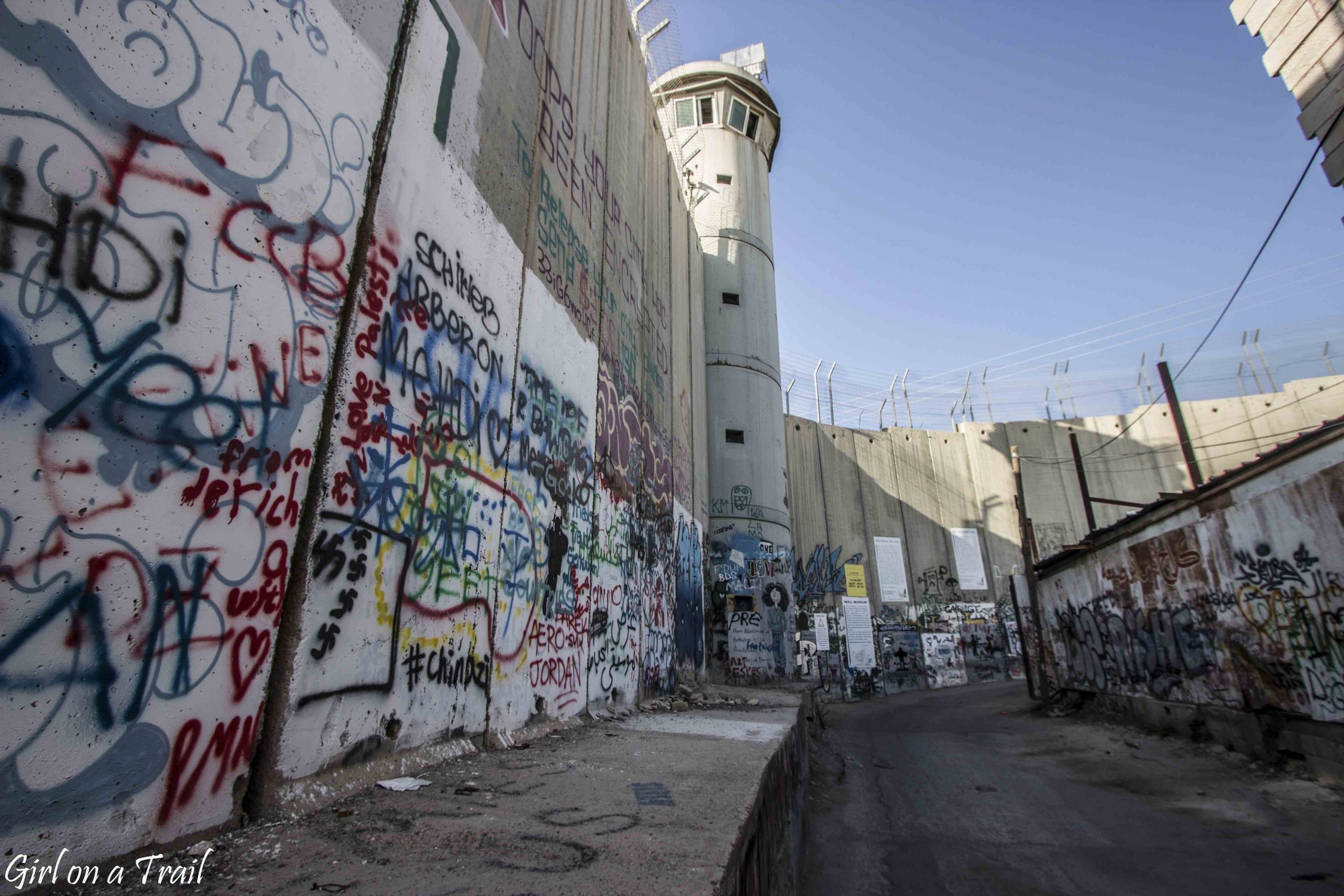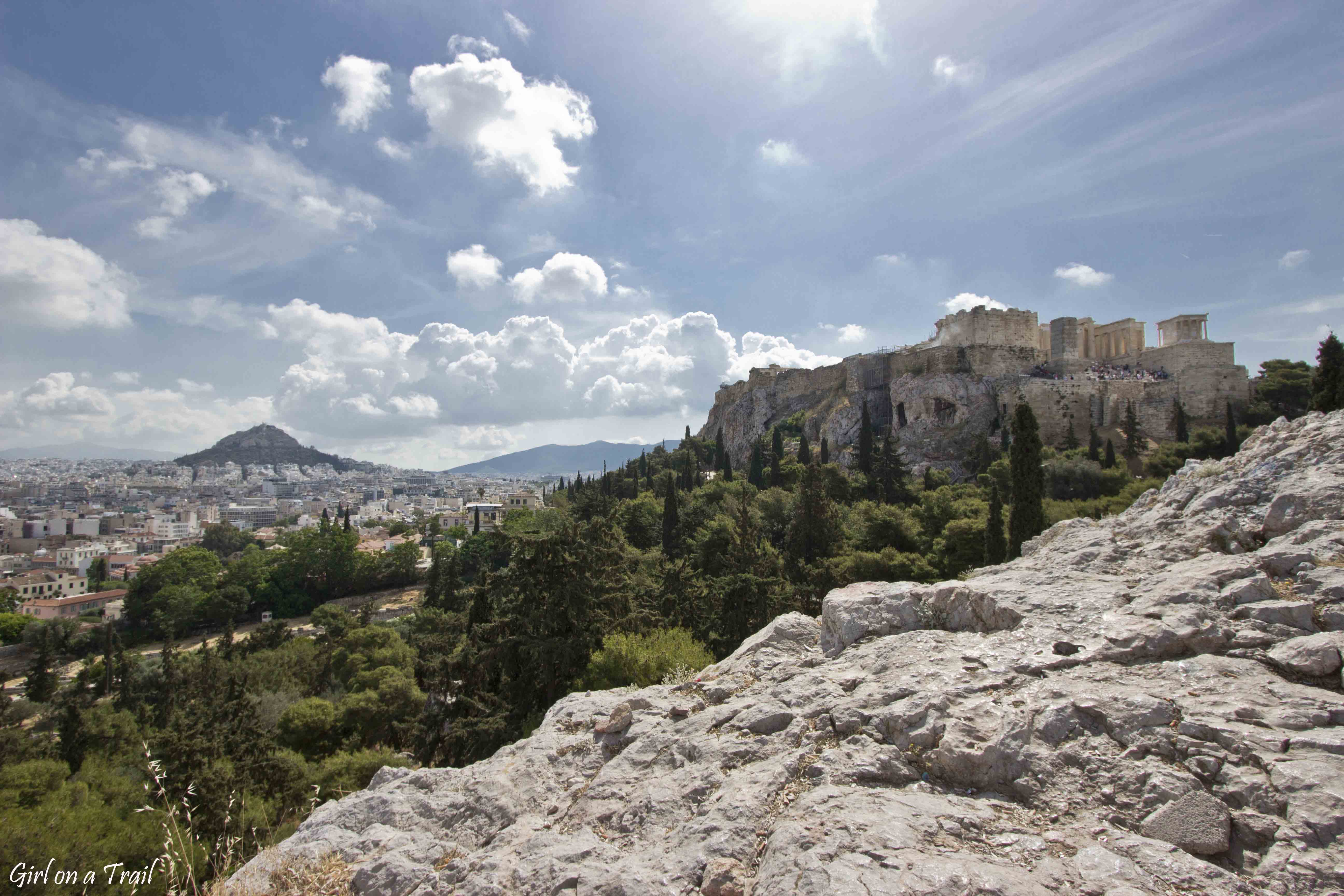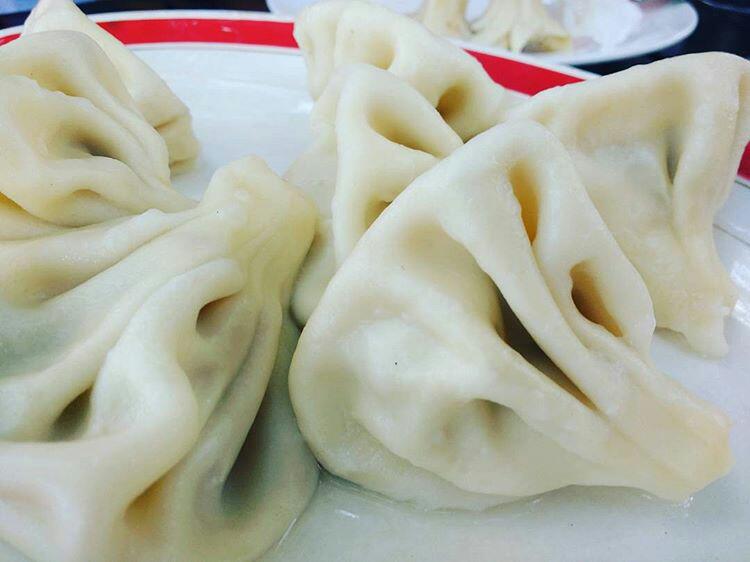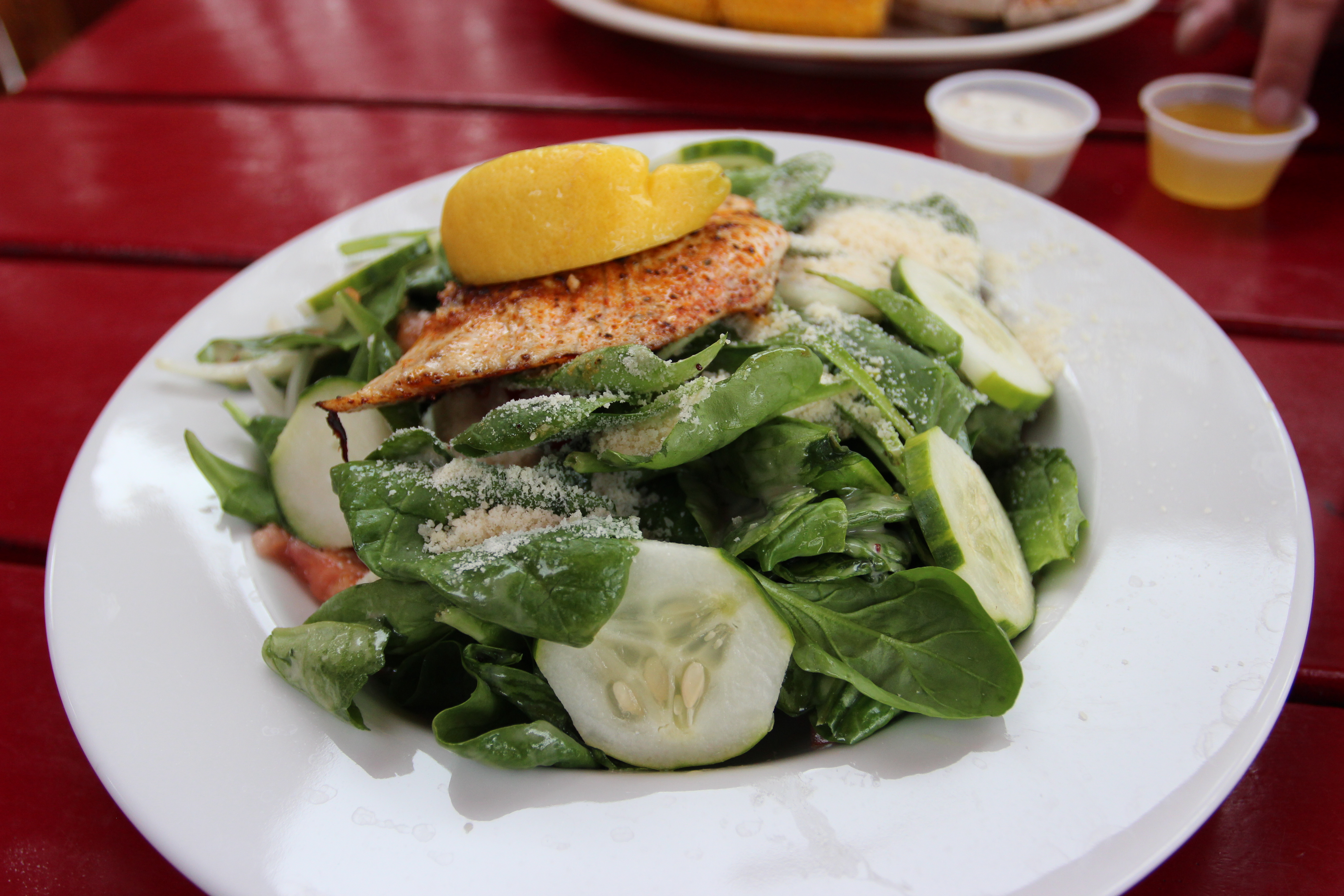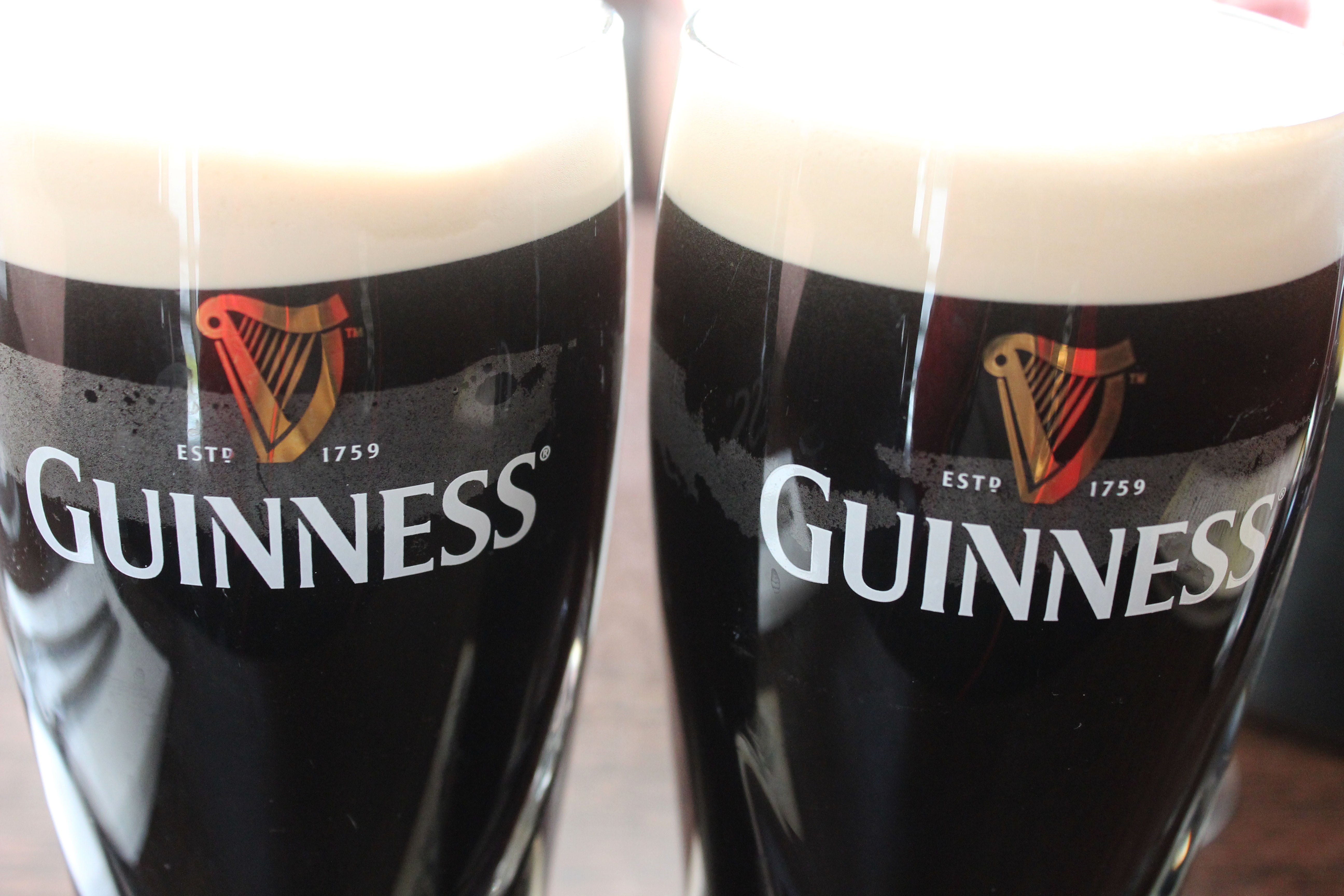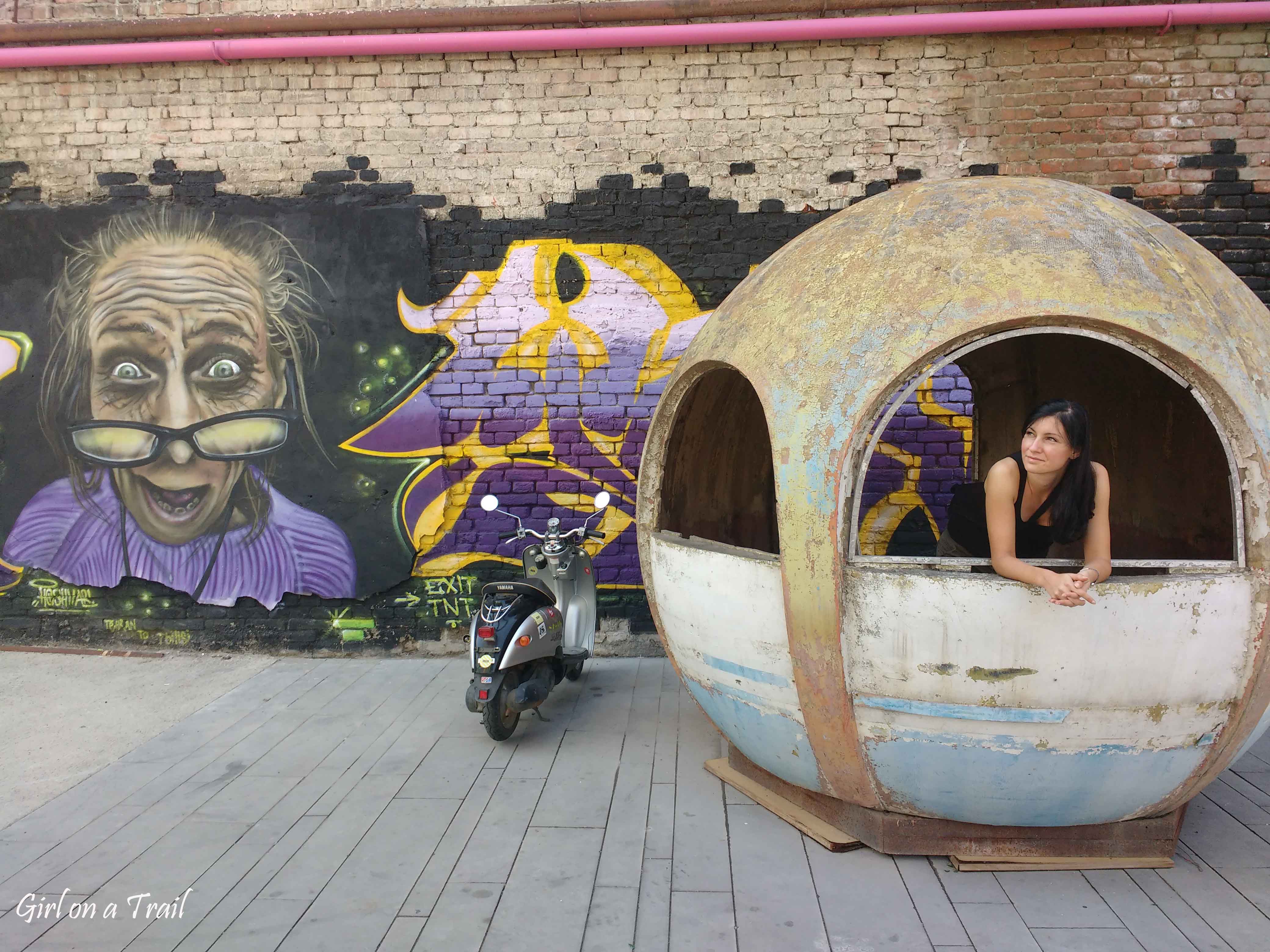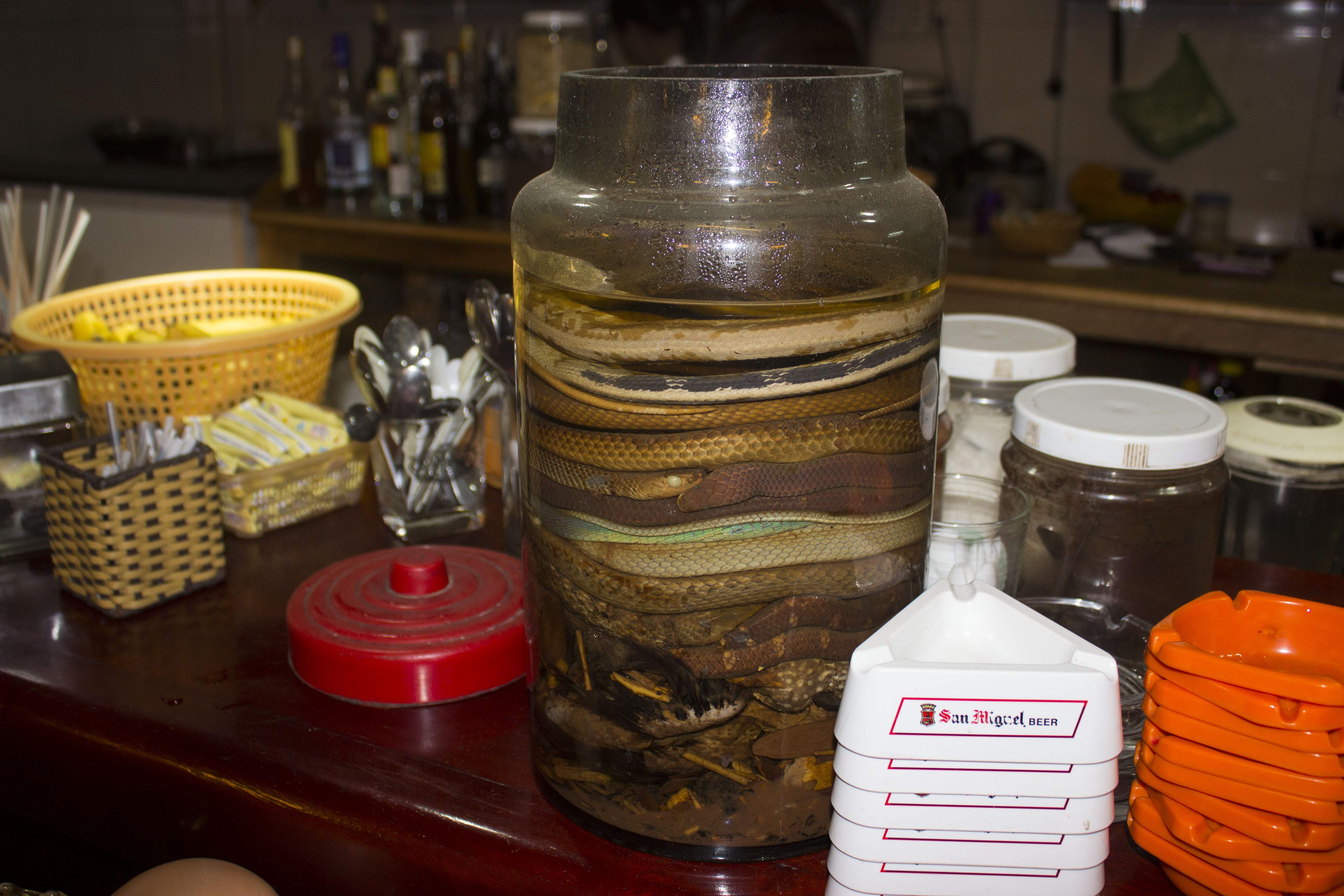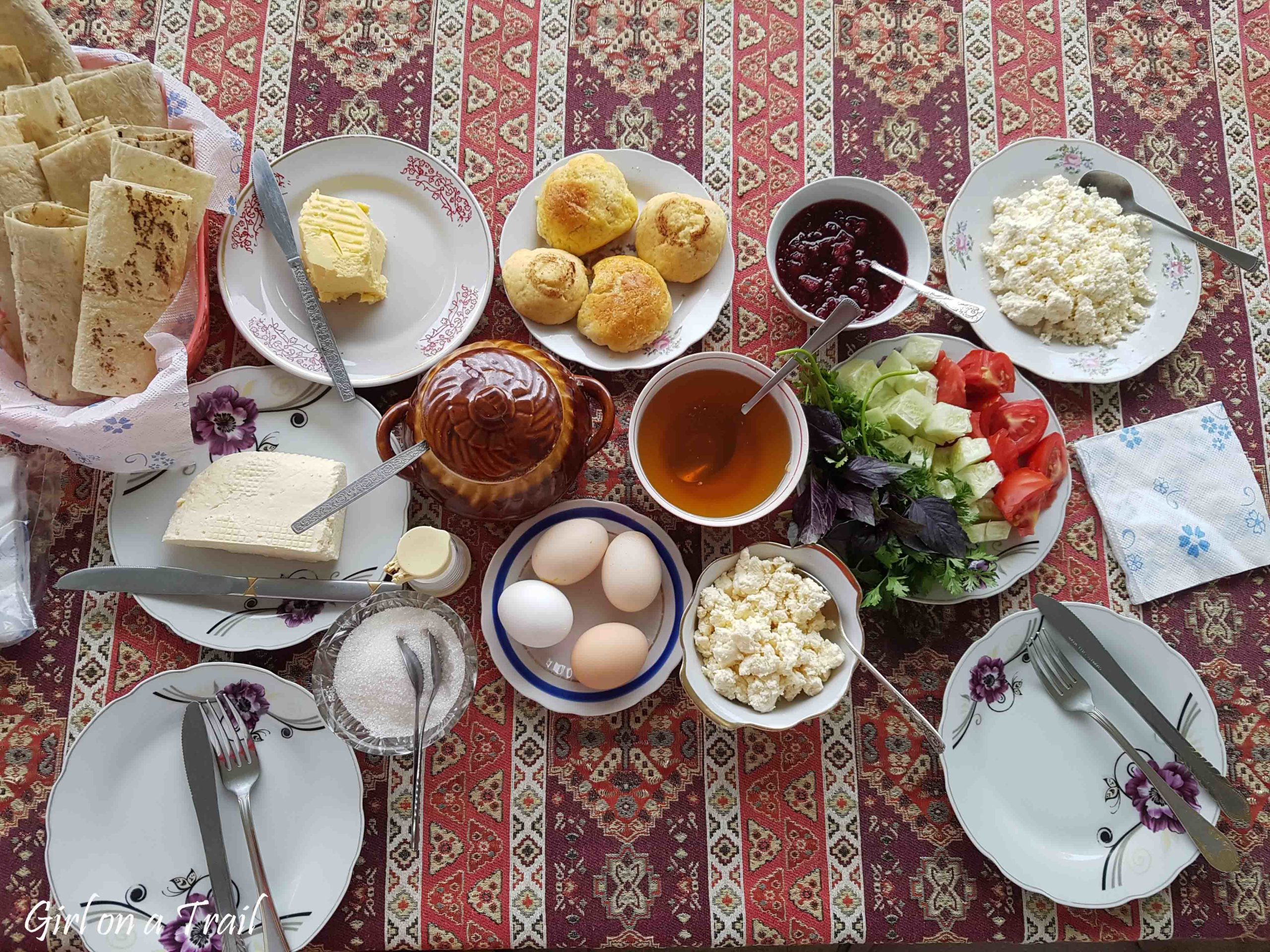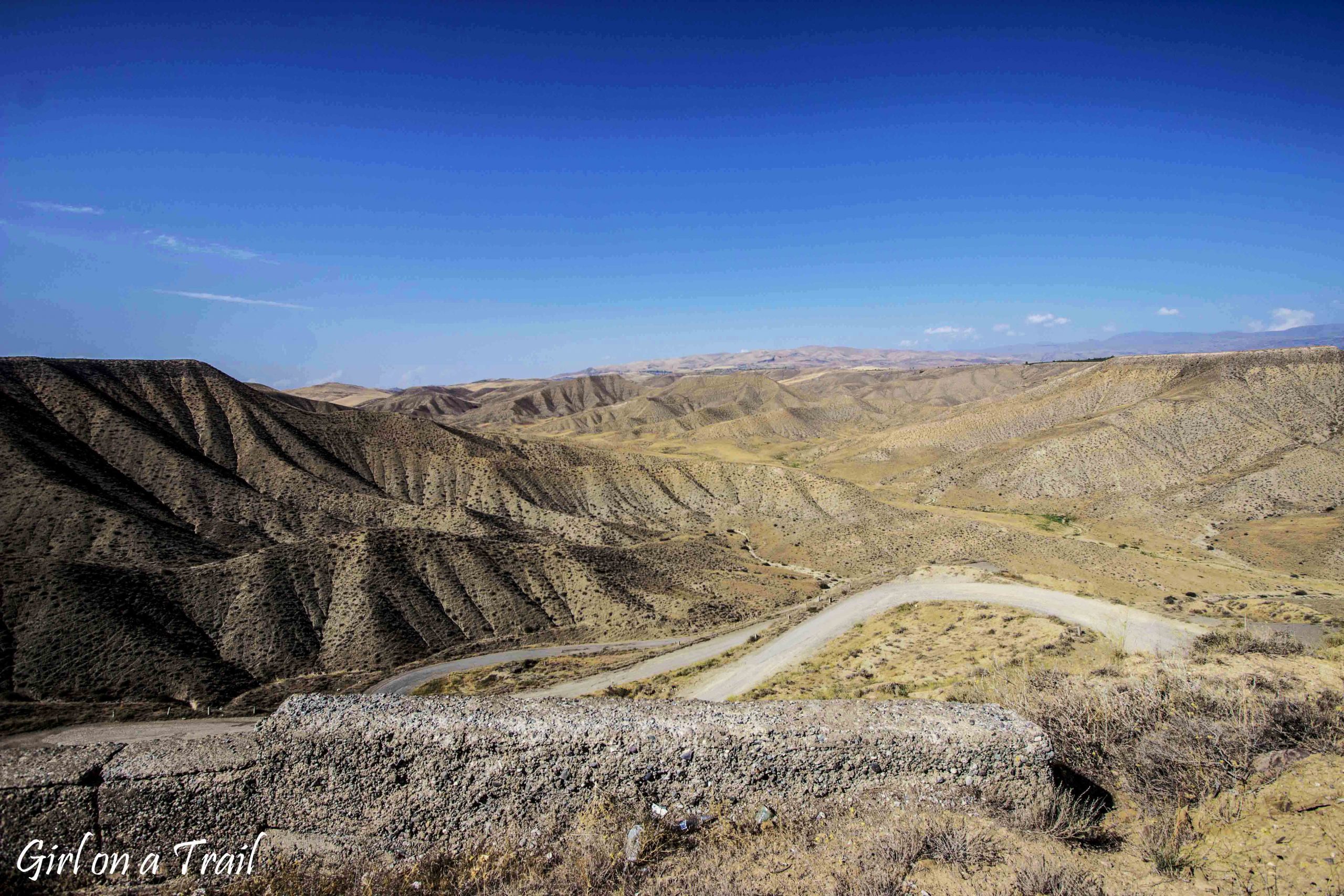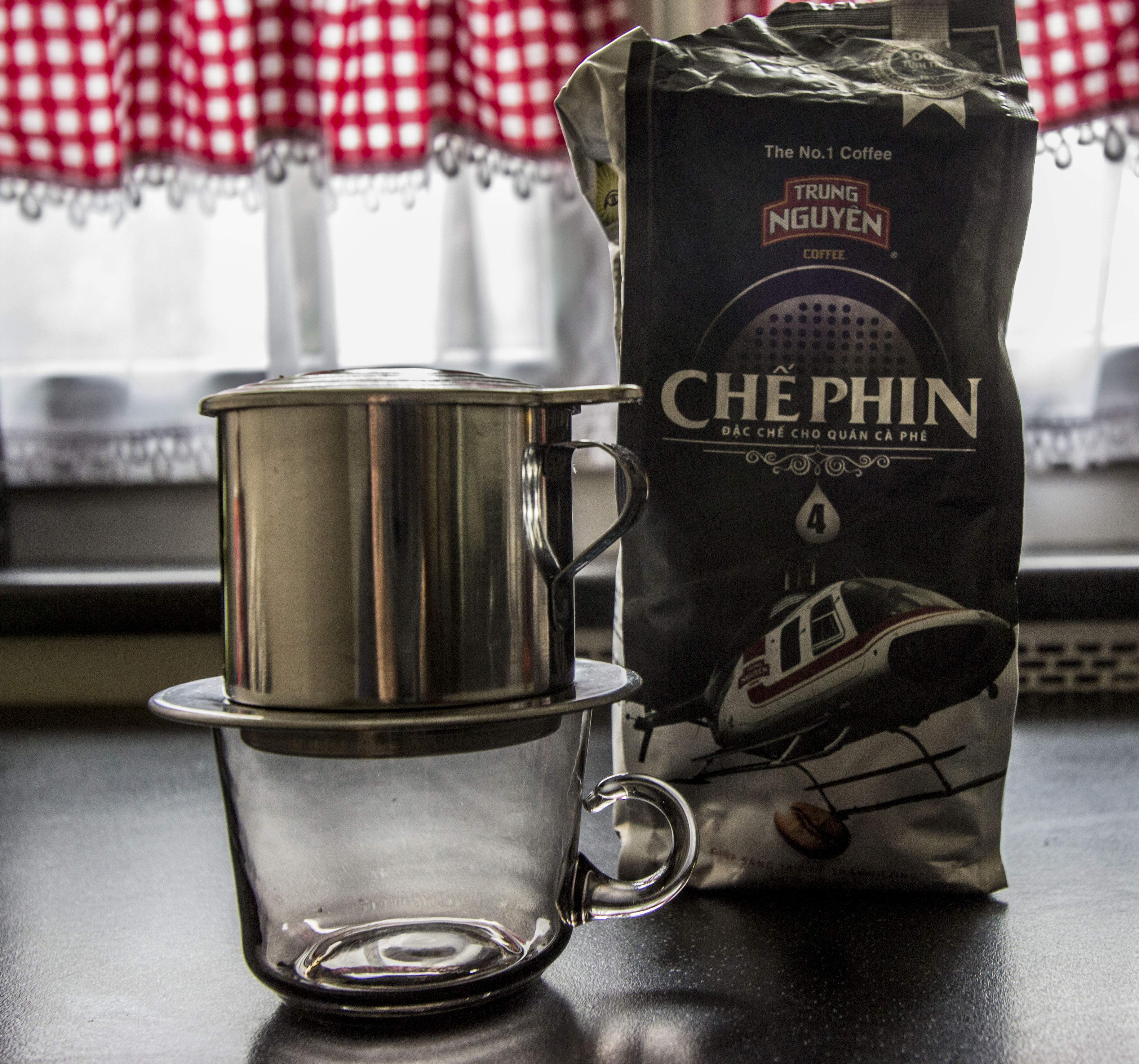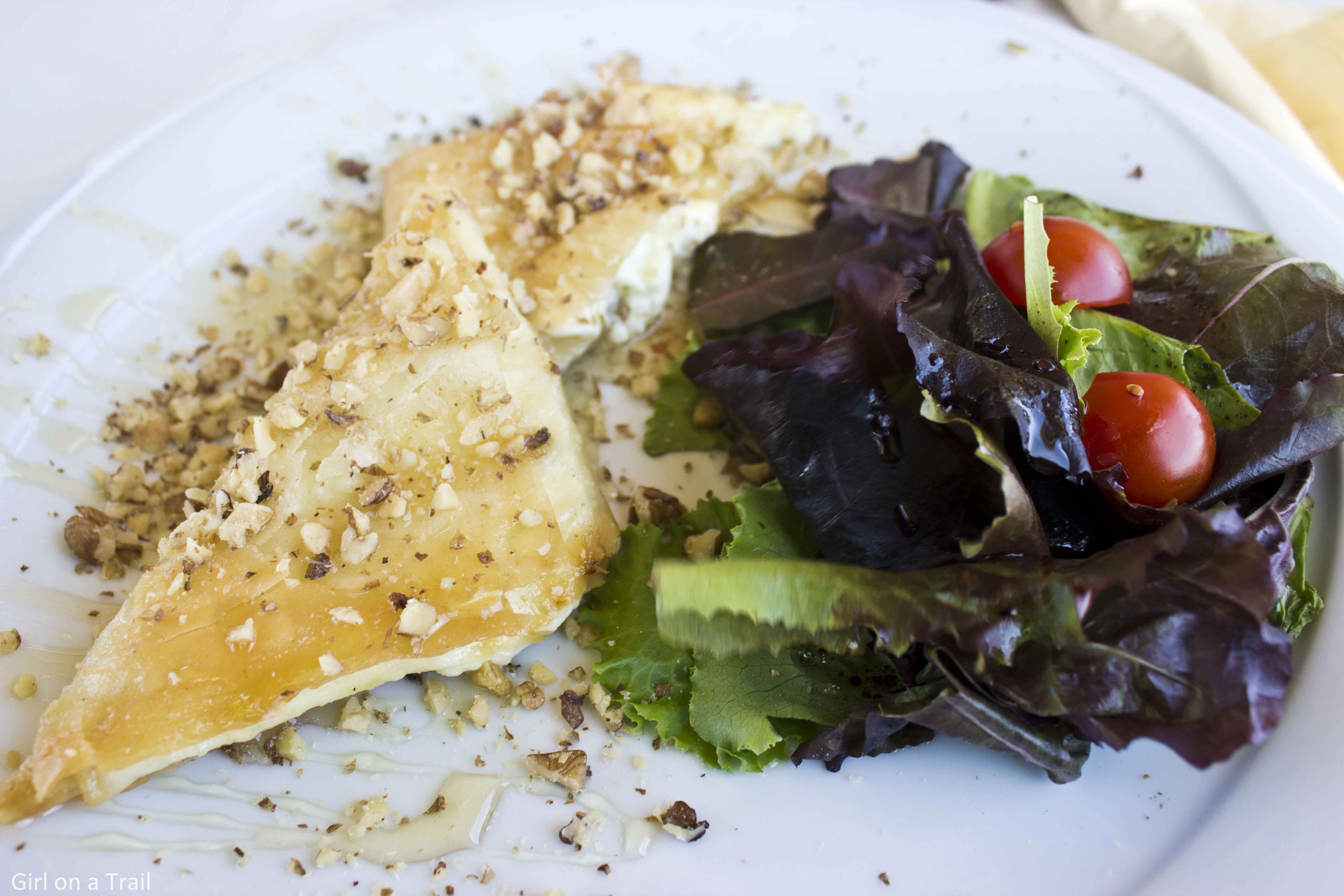
Lebanese cuisine
Lebanese cuisine was one of the main reasons why I went to Lebanon. Lebanon has always been a culturally diverse country, and influences from Arab, French and Mediterranean cuisines are evident in everyday dishes.The secret of Lebanese cuisine is its simplicity, flavor and variety. I had the opportunity to try many Lebanese dishes in Poland, but nowhere did they taste as good as in Lebanon.
The basis of the meal are mezze, various appetizers like: pita bread, hummus, grilled eggplant dips or olive oil with herbs. They can also be served for breakfast. Speaking of breakfast, it’s the meal that I remember best from Lebanon. And when I think about those prepared in the wonderful Mresty Guest House, it brings tears to my eyes. The secret to a great Lebanese breakfast at Mresty Guest House were local ingredients. It now seems unbelievable that all the products in the photo below were prepared on site. Homemade cheese, tomatoes, olives and bread had a unique taste and aroma, which can’t be find in supermarket food.

Pita i Manaquish
Pita is the staple of the Lebanese diet. It often goes in pair with dips such as baba ganoush, hummus or za’atar or as a sandwich with shawarma or falafel. It’s baked at a high temperature reaching almost 450-475°F (232-246 ° C). The water contained in the dough evaporates, which causes the cake to swell. As a result, even after cooling, the top layer and the bottom remain separate. Manaqish, on the other hand, is nothing more than pita with various additional ingredients, such as: za’atar, tomatoes, meat or cheese.

Makodus
Makodus is a very interesting item in the Lebanese menu. It’s an eggplant cured in olive oil, stuffed with walnuts, paprika, chilli and garlic. It has a characteristic taste that is sour and spicy at the same time. For its preparation, young, small eggplants are used, which appear in the Middle East around June. Larger eggplants are not suitable for Makodus as too many seeds give it a bitter taste. Eggplants marinated in olive oil can be stored in a jar for up to a year. Makodus is most often eaten as part of a mezze with pita bread. It is also a popular side dish to breakfast. Below in the photo, homemade Makodus, prepared at Mresty Guest House.


Za’atar
Za’atar is the thing that will probably remind me of Lebanon the most. It’s a mix of spices with roasted sesame, sumac with the addition of olive oil. This delicious aromatic dip is served with pita bread.

Hummus
Hummus is an integral part of Middle Eastern cuisine. It is a dip prepared with boiled chickpeas, tahini sesame paste, garlic and lemon juice. It can be eaten for breakfast, as a mezze or as a side dish for dinner.

Baba Ganoush
This is another type of dip. It consists of baked eggplant, mixed with tahini paste, garlic, lemon juice, olive oil and various spices. It can be served as a mezze with pita or as a side dish. A spicier version of Baba Ganoush is Moutabal, served with pomegranate.

Makanek
Makanek is a type of small sausages made of beef or mutton, with various spices. Spices such as cinnamon, cloves or ginger give them a characteristic, unique taste. What’s more, they can be cooked in wine and then served with pomegranates and pine nuts.

Tablieh
Tablieh is another interesting Lebanese dish. It’s grilled minced meat baked in bread. You can try it at the Tabliyit Massaad restaurant in Beirut. It’s served with pickled cucumbers and Labneh – cheese in the form of a creamy dip.

Kafta
Kafta is a dish known from many Balkan and Middle Eastern countries. It is grilled minced meat in the form of meatballs with onion and oriental spices.


Tabbouleh
Tabbouleh is almost a symbol of Lebanese cuisine. It’s a simple salad that consists of parsley, cucumber, tomatoes, onions, bulgur and mint, with olive oil and lemon juice. It owes its unique flavor to mint, which is also a popular ingredient in other Lebanese salads.

Fattoush
Fattoush is the next item on the list, although in my opinion it could take the podium. It’s also called country/peasant salad. Allegedly, fattoush originated in northern Lebanon. Local farmers fried leftover pita bread and mixed it with seasonal vegetables. Currently, apart from pita, a popular salad ingredients are tomatoes, cucumbers, radishes, onions, lettuce and mint leaves. However, the secret of this salad is sumac, which gives it a characteristic, sour aftertaste.

Hindbeh
It is an interesting, simple and very tasty dish prepared from dandelion leaves, with lemon, garlic and caramelized onion.
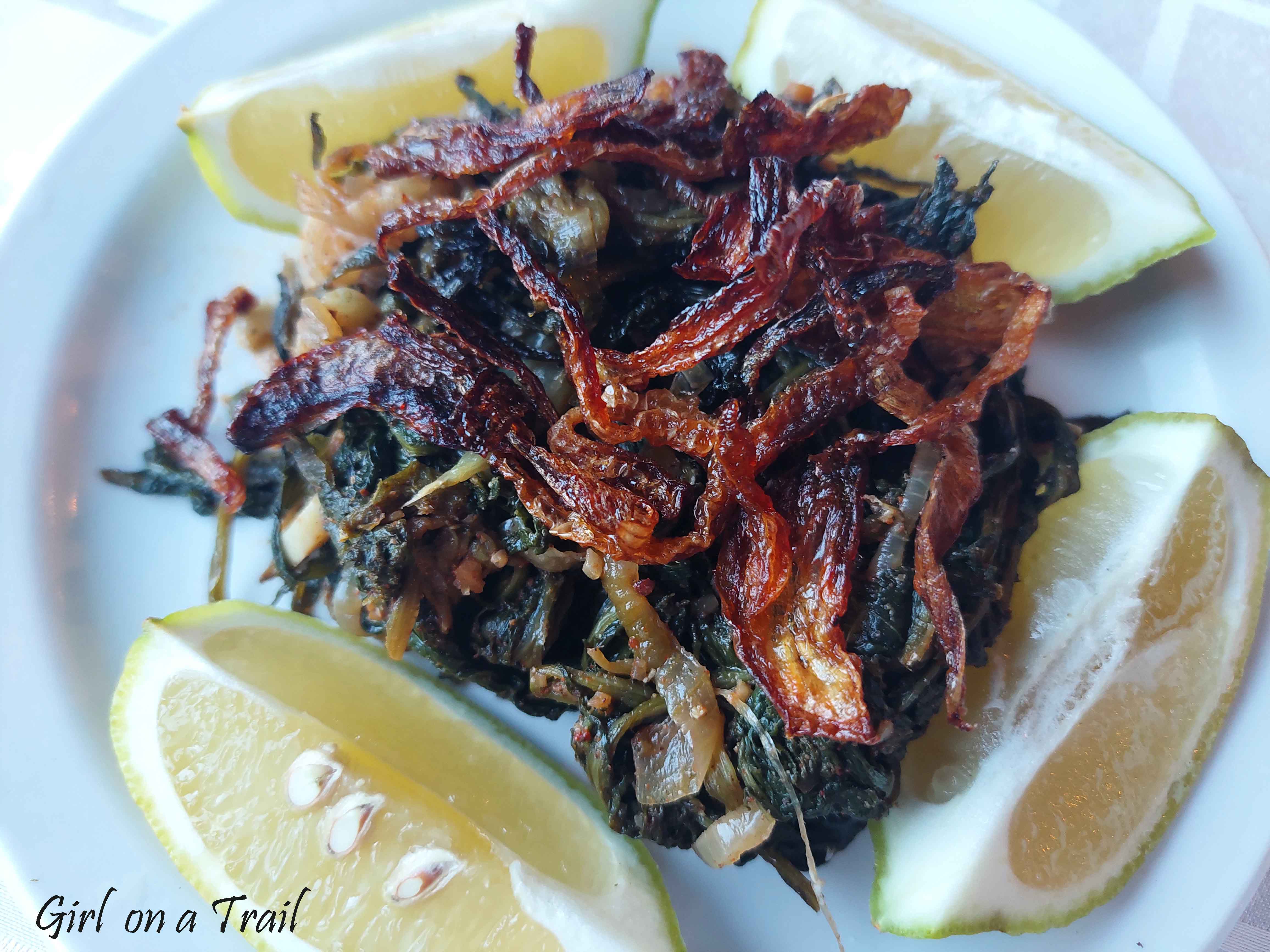
Warak Enab
Warak Enab in translation from Arabic means grape leaves. The more popular name for this dish, which exists in Turkey, Armenia or Greece, is dolma. Warak Enab is made of grape leaves and stuffing which consists of rice and minced meat.

Kibbeh
Kibbeh is the national dish of Lebanon. It consists of minced meat (beef or mutton), onions, pine nuts and durum wheat shaped into a rugby/football ball and deep fried. The name kibbeh comes from the Arabic word kubbah meaning ball.

Kaeb el ghazal
Kaeb el ghazal in translation means gazelle horns, it is a traditional crescent-shaped shortbread cookie. I’ve never had a dinner dish with the addition of any cookies before, so when I saw the item with the same name in the Baytna restaurant in Tripoli, I decided to take a chance. Unfortunately, I am not able to accurately determine its composition, because the waiter did not speak any language I know. However, based on my own observation and taste, I can say that apart from cookies, it consisted of kofte in sauce with the addition of tahini paste, pine nuts and pistachios and sprinkled with cinnamon. The whole thing may look a bit unusual, but I assure you that it was a very tasty experiment.

Baklava
Middle Eastern cuisine is mainly associated with baklava, a cake which consists of thin layers of shortcrust pastry with the addition of honey and nuts. In Lebanon, you can try different types of baklava, in various shapes (pictured on the left). Crunchy and sweet baklava is something that I still remember from my trip to Lebanon.

Namoura
This is a popular cookie that can be recognized by its characteristic rectangular shape with an almond in the middle. It tastes like a sponge cake.

Haytaliyeh
It is a milky solid pudding that is said to have originated in Tripoli, Lebanon. It is served cold with orange blossom water and rose water.

Maamoul
Maamoul are shortbread butter cookies stuffed with date paste, figs or nuts. Traditionally, they have the shape of balls, but they can also be found in the form of rectangles.

What I presented in this post is only a small part of what Lebanese cuisine has to offer. So I will definitely have to go back there.


